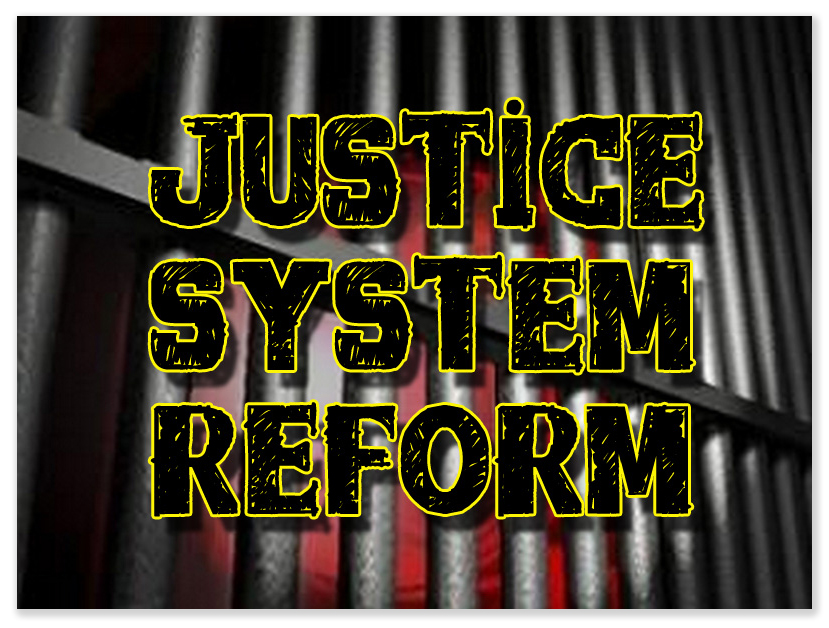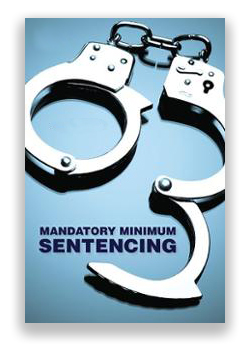We post news and comment on federal criminal justice issues, focused primarily on trial and post-conviction matters, legislative initiatives, and sentencing issues.

EQUAL ACT MAY HAVE FOUND FAVORABLE WINDS IN SENATE
The EQUAL Act, S.79, which would eliminate all disparities between crack and powder cocaine (and make those changes retroactive) received a much-needed boost in the Senate last week.
 Last month, the House of Representatives passed the EQUAL Act (H.R. 1693) on a bipartisan vote of 361-66. But the same legislation in the Senate, S.79, has not yet even gotten a Committee hearing. In fact, Sen Charles Grassley (R-IA) – a supporter of the Act – has said he doubts he can find the votes for passage of EQUAL in the Senate.
Last month, the House of Representatives passed the EQUAL Act (H.R. 1693) on a bipartisan vote of 361-66. But the same legislation in the Senate, S.79, has not yet even gotten a Committee hearing. In fact, Sen Charles Grassley (R-IA) – a supporter of the Act – has said he doubts he can find the votes for passage of EQUAL in the Senate.
Things may be looking up. But last Wednesday, Sen Lisa Murkowski (R-AK) became the 9th co-sponsor of S.79 (and the 5th Republican to do so). And last week, Durbin – who as chairman of the Judiciary Committee controls its docket – issued a press release urging his colleagues to support EQUAL.
Wednesday, by the way, was the 35th anniversary of the passage of the Anti-Drug Abuse Act. The country was reeling from the tragic death of University of Maryland basketball star Len Bias, who died of a drug overdose just days after being drafted by the Boston Celtics. Assuming that the drug that killed Bias was crack, Congress passed a law that would impose harsher penalties on crack offenses. It later became known that Len overdosed on powder cocaine, not crack, but the narrative that crack was more dangerous than powder had already found its legs. The Sentencing Commission and the Obama Administration both called for crack-powder equity, but it hasn’t yet happened.
Sen Murkowski’s support is significant. With at least six Republican votes in the bag for EQUAL (and several more quite likely), the magic number of 60 (needed to avoid a filibuster) is within reach. A Judiciary Committee hearing will make the level of support clearer.
 Holly Harris, President and Executive Director of criminal justice reform group Justice Action Network, issued a statement saying, “The EQUAL Act has strong conservative support, from Senators Murkowski, Graham, Paul, Portman, and Tillis, and from more than 150 Republicans in the House. It has the backing of law enforcement, prosecutors, civil rights groups, and advocates from the far left to the far right and everywhere in between. The EQUAL Act may be Congress’s last chance to pass bipartisan legislation squarely focused on racial injustice, and it’s time for a vote in the Senate.”
Holly Harris, President and Executive Director of criminal justice reform group Justice Action Network, issued a statement saying, “The EQUAL Act has strong conservative support, from Senators Murkowski, Graham, Paul, Portman, and Tillis, and from more than 150 Republicans in the House. It has the backing of law enforcement, prosecutors, civil rights groups, and advocates from the far left to the far right and everywhere in between. The EQUAL Act may be Congress’s last chance to pass bipartisan legislation squarely focused on racial injustice, and it’s time for a vote in the Senate.”
A commentator in an Iowa newspaper, wrote last week that “law enforcement leaders, including US attorneys with whom I worked during the Trump Administration, as well as the National District Attorneys Association and the Major Cities Chiefs Association, all support the EQUAL Act because they believe it builds trust between law enforcement and the communities they serve.”
Support like that will help swing Republican votes in the Senate toward EQUAL.
Interrogating Justice, EQUAL Act Gets Much-Needed Path Forward in Senate (October 28, 2021)
Sen Richard Durbin, Durbin: The Senate Must Follow the House’s Lead & Eliminate the Federal Crack and Powder Cocaine Sentencing Disparity (October 28, 2021)
The Hill, After 35 years, Congress should finally end the sentencing disparity between crack and powder cocaine (October 27, 20231)
Justice Action Network, Marking 35th Anniversary of Infamous “War on Drugs” Bill, Sen Lisa Murkowski is First Woman in Senate to Sign Onto Equal Act (October 27, 2021)
Mason City, Iowa, Globe Gazette, Chuck Grassley is back, as is criminal justice reform (October 27, 2021)
– Thomas L. Root






















